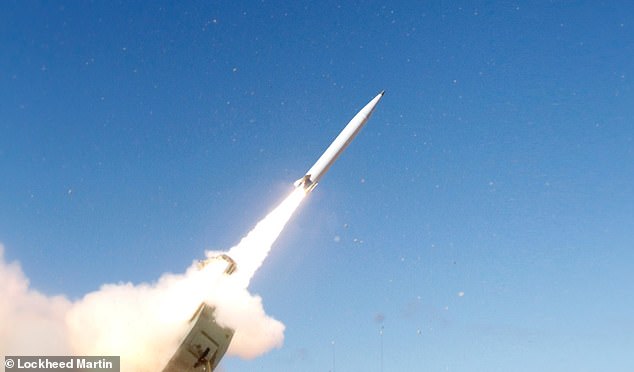
US Army Launches Next-Gen Missile Today in Strategic Show of Force Amid WWIII Tensions
US Army Tests Next-Gen Precision Strike Missile Amid Global Tensions
Vandenberg Space Force Base, California – The U.S. Army is conducting a critical test of its advanced Precision Strike Missile (PrSM) on Thursday, aiming to replace aging Cold War-era systems with a modern weapon capable of striking targets up to 300 miles away. The $3.5 million missile, fired from mobile HIMARS launchers, offers enhanced accuracy and doubles the loadout capacity compared to its predecessor, the ATACMS, used since 1991.
[Image: PrSM launching from HIMARS at Vandenberg with caption: The PrSM undergoes testing at Vandenberg Space Force Base, designed for long-range precision strikes.]
Trump Warns of Escalating Conflicts
The test coincides with former President Donald Trump’s warning that the U.S. risks being dragged into World War III if Russia’s war in Ukraine intensifies. During a recent interview, Trump stressed, “There could be [American involvement] if this spirals into World War III,” emphasizing concerns over escalating global tensions.
[Image: Trump speaking with Laura Ingraham, captioned: Trump cautioned about U.S. involvement amid Russia-Ukraine hostilities.]
PrSM: A Modern Arsenal Upgrade
Developed by Lockheed Martin, the PrSM is part of a $120 million contract slated to produce 400 missiles annually once approved. Unlike the ATACMS, the new system can fire two missiles simultaneously via “double shot” tests—key to overwhelming enemy defenses. Darrell Ames of the U.S. Department of Defense highlighted its “greater range and loadout,” crucial for modern battlefields.
[Image: PrSM compared to ATACMS, captioned: PrSM doubles payload capacity and extends range beyond older missile systems.]
HAWK Missile System Revived
Alongside the PrSM, the Army is revitalizing its HAWK (Homing All the Way Killer) air defense system, operational since the 1960s. A new Oklahoma testing facility ensures these missiles remain viable against threats like drones.
[Image: HAWK missile launch, captioned: The HAWK system, updated for modern aerial threats, undergoes readiness testing.]
Global Uncertainties Persist
Despite Trump’s “great” two-hour call with Putin, Russia rejected a full Ukraine ceasefire, agreeing only to pause strikes on energy infrastructure. European allies, however, reaffirmed support for Ukraine, vowing to confront Russian aggression if needed.
As the Army modernizes its arsenal, the PrSM and HAWK systems underscore efforts to deter evolving threats while navigating volatile geopolitical landscapes.


